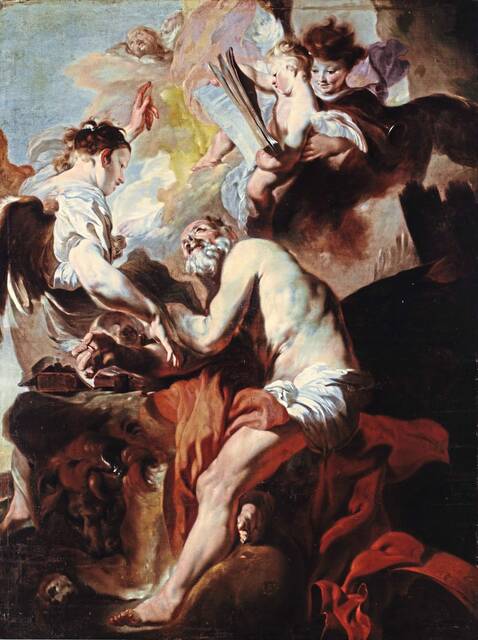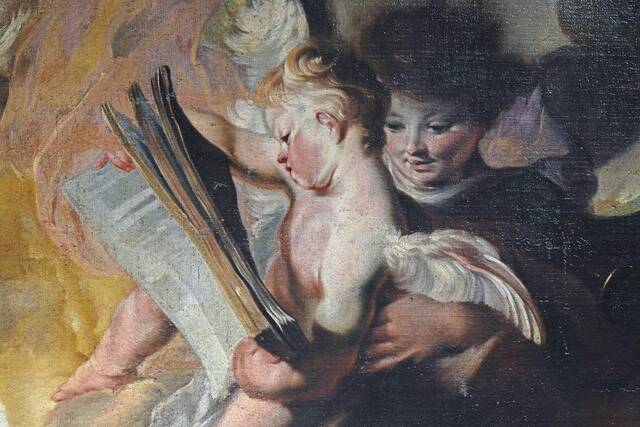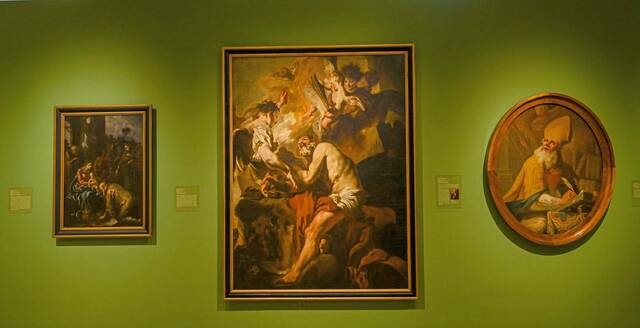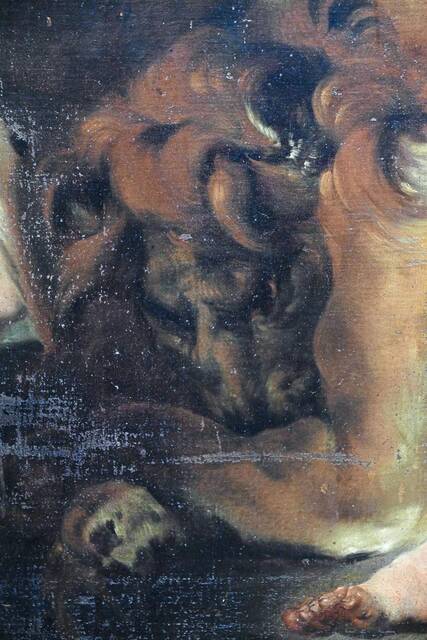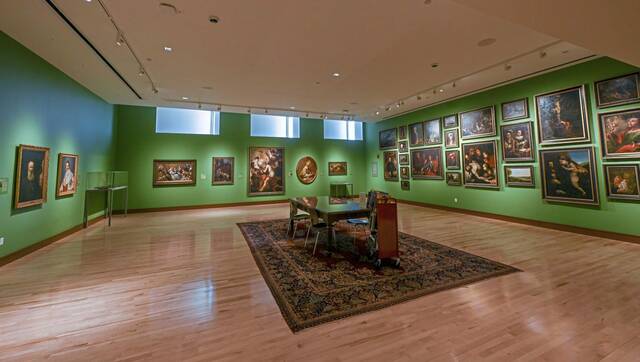Behind the art: 'Vision of St. Jerome' depicts Judgement Day
(Editor’s note: Behind the Art is a recurring series highlighting artistic works throughout the county.)
One of the most significant paintings in the collection at St. Vincent College’s art gallery was donated by King Ludwig I of Bavaria in the 1850s.
“The Vision of St. Jerome” was shipped to the United States in the years after the Archabbey of St. Vincent was formed in 1846, said Andrew Julo, director and curator of the Verostko Center for the Arts. The painting has been displayed in several different places over the years as the archabbey grew in Unity and the college campus was founded.
“This work is significant because of how accomplished it is as a painting,” he said.
The painting is attributed to German artist Johann Liss, who was an important figure in the Baroque style during the 17th century. Many artists have reinterpreted St. Jerome’s vision over the years and added their own influence and ideas to the scene.
“It’s very copied,” Julo said.
St. Jerome, who translated the Bible into Latin, is said to have had a vision of Judgement Day and often is depicted with angels and a lion, from whose paw he removed a thorn. In the version at St. Vincent, St. Jerome is seen on the back of the lion while writing something being told to him by an angel with a hand pointing upward. A cherub holds an open book.
St. Jerome is bearded, muscular and nearly disrobed. A red cardinal’s hat at the bottom of the painting was a symbol to show his status at the time.
Different versions of the same scene exist in art galleries around the world, including at The Cleveland Museum of Art, The Metropolitan Museum of Art and Worcester Art Museum. It’s likely Liss, or an artist under him, took elements from some the predecessor paintings and created his own depiction of what St. Jerome saw, Julo said.
Renatta Signorini is a TribLive reporter covering breaking news, crime, courts and Jeannette. She has been working at the Trib since 2005. She can be reached at rsignorini@triblive.com.
Remove the ads from your TribLIVE reading experience but still support the journalists who create the content with TribLIVE Ad-Free.

